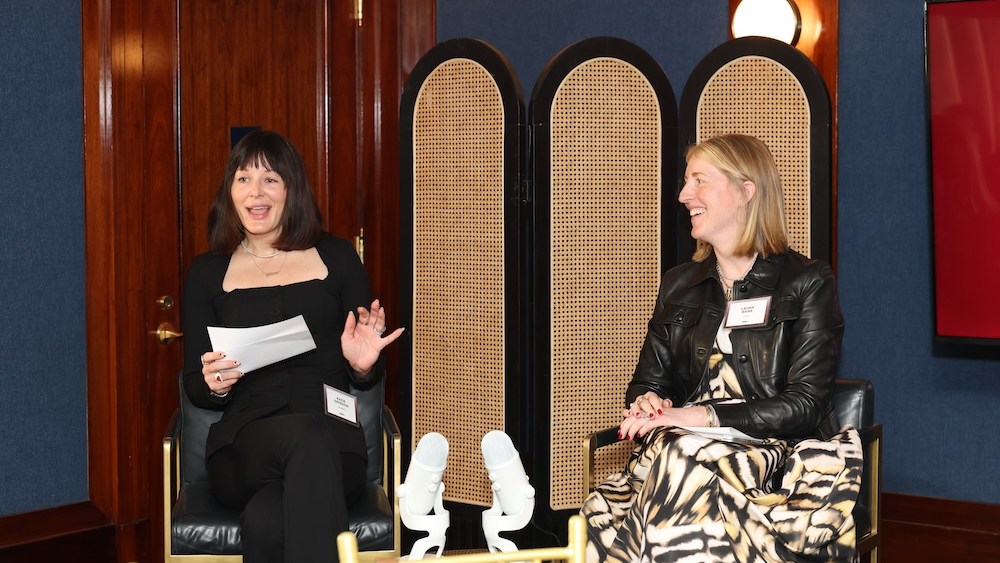Where should retail go in the next 10 years? Wherever the customers go.
In a VIP breakfast discussion at WWD’s recent Apparel & Retail CEO Summit, industry leaders from commercial real estate company CBRE and investment management firm Nuveen delved into the intersection of retail real estate investments, consumer trends and shifting demographic dynamics.
Led by CBRE Americas Retail Leader Laura Barr, the session, “Retail Disruptors: Navigating the Evolving Retail Landscape — Real Estate, Strategy and the Consumer Experience,” offered a deep dive into how retail real estate is evolving to meet the demands of a fast-changing market.
[To listen to the podcast, CLICK HERE.]
Katie Grissom, global head of retail at Nuveen, noted the importance of adopting a holistic perspective that bridges real estate analytics and consumer trends, and how her nontraditional journey from hedge fund analyst to retail investor gave her a leg up. “Really understanding the consumer and how retailers think about their customers laid the foundation for me as a real estate investor,” she said, adding that $30 billion of Nuveen’s $140 billion real estate portfolio comes from retail, with properties from Hawaii’s Ala Moana to Chicago’s Oak Street and the Vegas Strip’s malls.
Having a synergistic retail-landlord relationship is a crucial, though often overlooked, strategy. “It doesn’t need to be an adversarial relationship. Retail is so much less ‘zero sum’ when done right,” said CBRE’s Barr. “[You can be] focused on a collective — same side of the table. How are we both growing sales together, or impressions in some cases, and I think that’s less understood.”
Leveraging landlords’ cheaper capital costs can also benefit retailers for “faster and further” expansion. Tenant improvements, or TI’s, have emerged as opportunities for growth, especially when real estate teams work as strategic partners. “Until I was on the inside, I didn’t fully grasp how valuable TI’s could be,” she said.
Looking at industry headwinds, Barr spotlighted two pressing challenges: the talent deficit and the retail analytics gap.
With 40 percent of commercial real estate professionals retiring in the next decade (compared to only 23 percent for other sectors), the industry faces what she calls a “talent cliff.” In response, CBRE is busy with brands around internal and external succession strategies to keep “those promised growth targets sustainable and going.”



